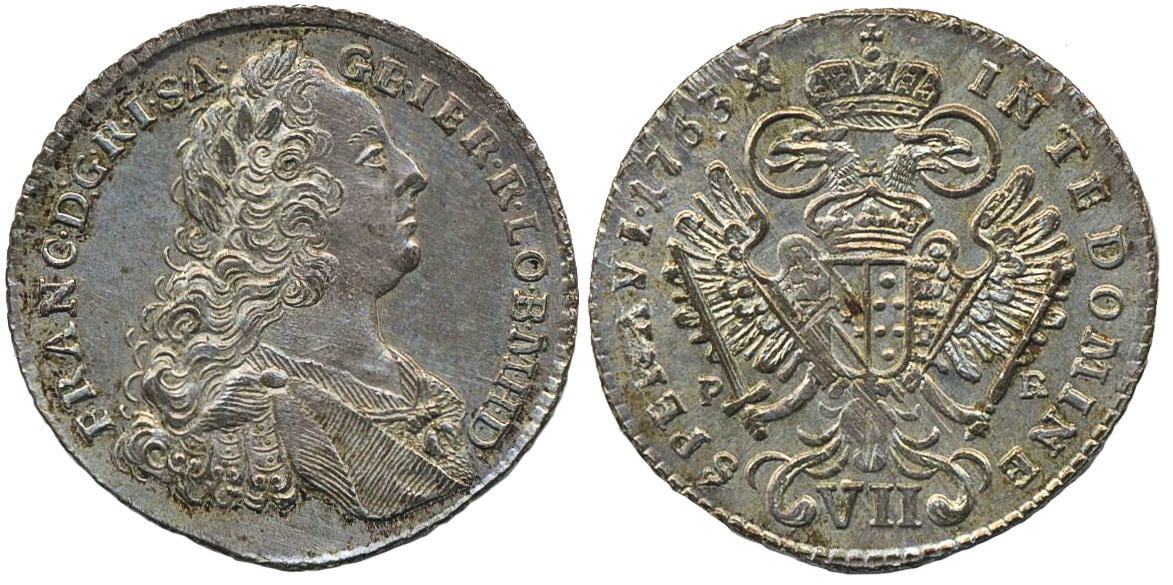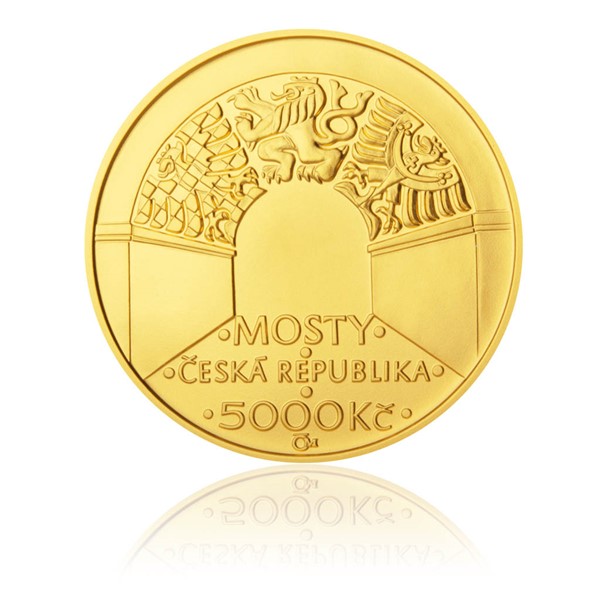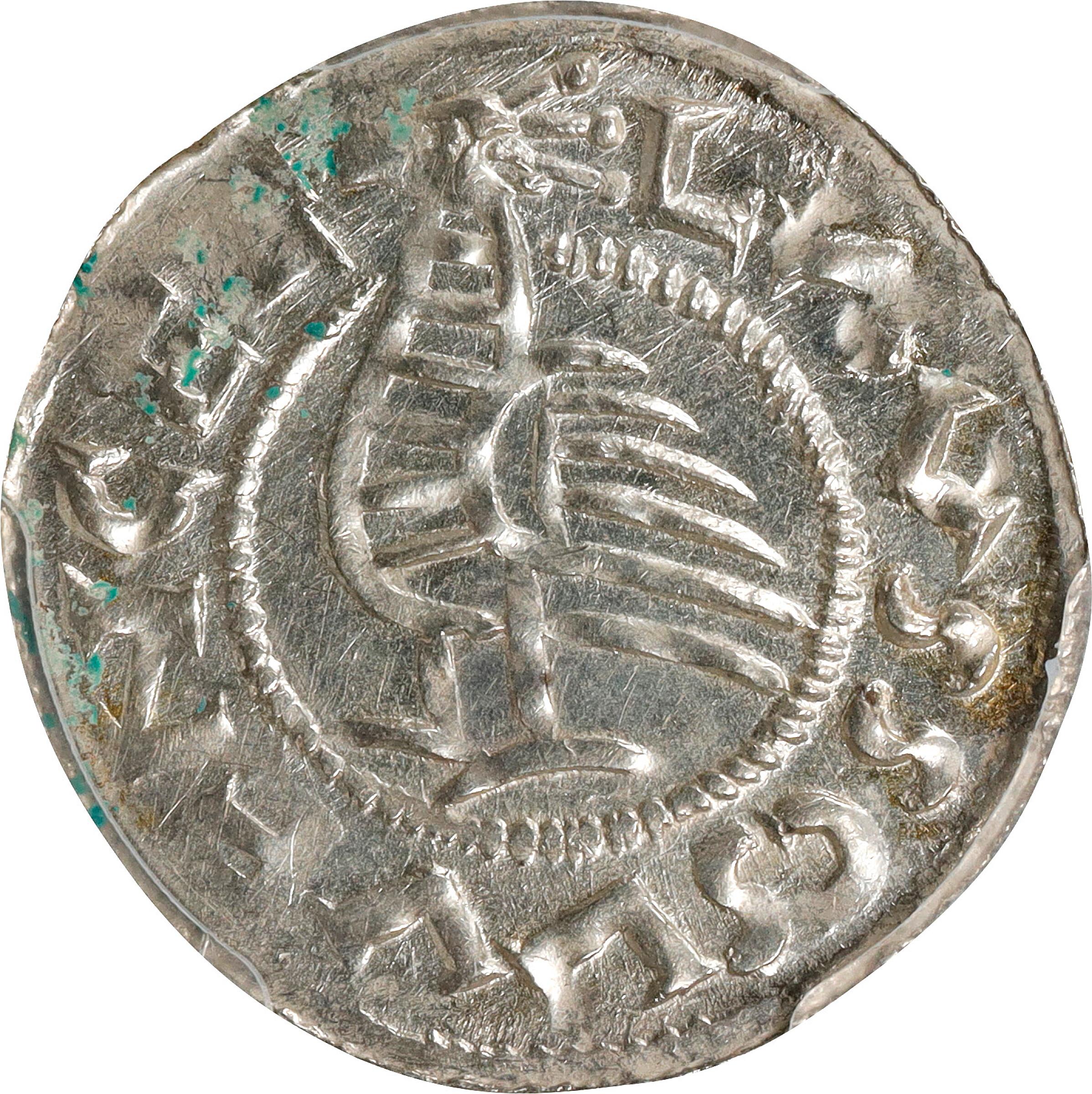Free Info To Janvier Processing Prague Mint Coins
Wiki Article
What Is The Process To Take A Plaster Model And Scan It To Create A 3d Digital Representation Of Gold Medals Or Coins?
Scanning a maquette to scan gold coins and medals requires special equipment. It records all dimensions of the model, its details, as well as physical characteristics of the model. The digital replica serves a variety of reasons during the manufacturing process.
3D ScanningHigh-resolution 3D scanners are utilized to capture the dimensions and details of a model made from plaster. The scanners employ various techniques like laser scanning and structured light to capture exact dimensions and geometrical shapes.
Capturing Surface Data- The scanner emits laser or light beams onto the surface of a plaster model. The scanner records the reflections and distortions that these beams cause, capturing surface information.
Data Collection- As it moves along the surface of the models in plaster the scanner accumulates many information points. These data points are then utilized to create an electronic model of the model including its contours, geometry, details, etc.
Conversion to 3D Model. Specialized software reconstructs information from the collected information into a 3D model. The model is based on the physical dimensions and features of the maquette.
The Motives for Creating the Digital 3D Model
Digital 3D Models permit exact reproduction of physical models' dimensions and details. This accuracy will ensure that final gold coins and medals are designed to match the intended design.
Making it easier to modify modelsDigital models can be easily refined or modified. Designers can make adjustments to the 3D model without changing the original plaster maquette permitting iterative improvement or corrections.
Compatible with Manufacturing Processes- Digital 3D models are compatible with different manufacturing processes like CNC machining or 3D printing, facilitating the production of molds or dies that are suitable for mass production.
Digital 3D designs can be stored and used as documentation. They can be digitally stored to be used in the future for research, reproduction or documentation for historical purposes.
Manufacturers and designers can use advanced manufacturing techniques to create gold medals and coins that are precise and true to the original design by scanning the plaster models and generating digital 3D models. See the most popular Scanning and 3D Modeling Prague Mint gold coins site tips. including gold bars price, gold sovereign, gold and silver dealers near me, american buffalo coin, gold doubloons, 10 dollar gold coin, american gold eagle 1 oz, sd bullion gold, 100 grams gold biscuit, gold american eagle price and more.

Why Do Gold Coin Or Medal Dies Undergo The Process Of Hardening By Vacuum?
The hardening by vacuum of dies used to strike gold medals and coins is done by subjecting them to extremely high temperatures under controlled conditions in a chamber. This is a brief overview of how to make dies harder by vacuum.
Diets used to strike medals or coins are clean and free of contaminants.
Loading Vacuum Furnace
Die dies can be inserted into a vacuum oven, that creates a vacuum within the heat-treatment area.
Evacuation Air-
Vacuum furnaces remove air from chambers, resulting in an oxygen-free environment. This can prevent the oxidation process while also ensuring a the same heating.
Heating Phase
The furnace is heated to a certain temperature in order to harden the dies. The temperature range varies based on the materials used and the processing for hardening.
Soaking at high temperatures-
The dies will be kept at an elevated temperature for the duration that is required to ensure the material attains and keeps the required hardness.
Cooling or quenching
After the soaking process it is possible to rapidly cooled using specialized techniques. The fast cooling process locks in the required strength and hardness in the steel.
Tempering (Optional).
In certain cases the tempering process is a part of the hardening process. The dies are reheated to a lower heat to ease internal stress and improve the toughness of the die, while preserving its hardness.
Quality Control and Inspection
Die dies that are hardened undergo thorough quality inspections and checks to ensure they meet standards for strength, hardness and tolerances to dimensional measurements.
Post-Treatment Handling-
Dies, once the process of vacuum-hardening is complete, could be further processed like polishing and coating, before they are utilized in the coin striking or medal striking process.
The process of hardening by vacuum improves the durability, wear resistance and lifetime of the dies that are used for making gold medals or coins. This process, which creates a safe environment that is free of airborne contaminants, ensures that the dies are honed consistently and consistently, enhancing the overall quality and longevity of the products. Take a look at the most popular vacuum hardening Czechoslovakia gold coins website examples including 50 dollar gold coin, gold bullion price, silver double eagle, 1 oz gold, gold and silver bullion, buying silver, liberty head nickel, price of 5 dollar gold coin, saint gaudens double eagle, sovereign british coin and more.
What Is The Best Way To Keep Gold-Plated Coins And Medals Protected From Corrosion By Coating?
Gold coins or medals can undergo coating treatments for different reasons, such as protection, enhancement of appearance, or to achieve particular aesthetic results. These are some of the coating processes that are used.
Clear Protective Coating (Varies)Clear protective coating, such as lacquer or a specially-formulated polymer is a coating that can be applied to shield the surface from the effects of tarnishing, oxidation or scratches. This coating preserves the original appearance of the medal or coin and shields the base metal.
Enhancement of Appearance
Gold plating, also known as gilding- The surface of a gold-plated coin or medal can be gilded or coated with a thin layer of gold. This adds a luxurious finish to the coin, or medal.
Aesthetic Effects
Patina and antique finishes Special coatings are used to produce an antique or patina appearance. This process creates an appearance of aged and oxidized.
Colorization and Coloring- Certain parts of a medal or coin are colored by using special coatings or enamels. This can be done to highlight specific design elements, add the an interest in the eye.
Anti-Tarnish Coatings-
Anti-Tarnish Solutions- For coins or medals that have intricate designs or areas susceptible to tarnishing, anti-tarnish coats or solutions can be applied. The coatings stop oxidation and discoloration of metal surfaces over time.
Specialized Coatings for Security or authentication
UV-Reactive Coatings. Certain coins or medals are coated with special coatings that react to UV light to reveal hidden or encoded components. They are utilized to protect and authenticate the item.
Selective Coatings to Contrast
Selective Coating removalIn some instances coatings are removed selectively, from specific areas, of the medal or coin, to create contrast, between coated and polished surfaces, highlighting the design elements.
Each coating procedure is created to achieve a particular goal. This could be to enhance aesthetic or security benefits or even to safeguard the metal. These coatings can significantly improve the look and long-term durability of medals and coins made of gold, thereby increasing their value and appeal for collectors. View the best coating Prague Mint gold coins website examples. including gold & silver bullion, buy gold biscuits from bank, 1936 olympics jesse owens, gold krugerrand, silver nickel, krugerrand coin, st gaudens double eagle, gold and silver bullion, liberty gold coin, double eagles and more.
Why Are Limited Edition Or Collectible Coins Have Unique Numbers?
Limited editions or rare gold coins are usually individually numbered for several reasons, primarily to establish authenticity, ensure exclusivity, and to increase their appeal for collectors. This article explains how and why individual numbering is carried out
Sequential Numbering - Every coin that is part of an edition of limited numbers or collectible comes with a unique serial number. The serial number is typically printed or engraved on the surface or edge of the coin. This number indicates which coin belongs to the series.
Certificate of Authenticity- The coin could be issued an authentic certificate that is a match to the coin's unique number. This certifies the authenticity of the coin. It provides details about its series, the content of metal and its minting.
There are a variety of reasons to count coins by number
Authenticity Assurance- Individual numbering is a simple and reliable method to verify that the coin's authenticity in the limited series. Each number is a unique identification that ensures that the coin belongs to the series that is authorized.
Exclusive and rare Rare coins that have individual numbers are seen as rarer and more expensive. The fact that they are not available in a limited number of coins makes them more desirable and valuable.
The Collectible Appeal of Numerical Coins - Numerical coins are considered collectible in that they allow collectors to track and display specific numbers in the sequence. Significant numbers that are lower in the sequence can be considered more desirable.
Collector Engagement – Individual numbering increases collector interest and engagement when it comes to completing sets, or acquiring specific figures. Certain collectors are drawn to particular numbers due to their own preferences or landmarks.
Value and Potential for Resale- Coins having distinct numbers can fetch higher prices on the second market, particularly when they are scarce or belong to an exclusive series. These coins are highly sought-after by collectors due to their rarity and uniqueness.
Trackability & Documentation – Numbering allows you to track and record the history of each coin which aids in provenance & confirmation of the collector's market.
Through the numbering of collectibles or limited edition gold coins mints or issuers, they establish authenticity, establish exclusivity and enhance the appeal of these coins to collectors looking for exclusive or important pieces. Numismatics often attach special importance and value to these numbered gold coins. Take a look at the most popular Prague Mint gold medal numbering more examples including 1972 gold dollar, cost of silver coin, gold coins for sale, gold quarter dollar, gold coin price today, gold coin store near me, one ounce gold bullion, liberty gold coin, bullion dealers, gold eagle and more.

